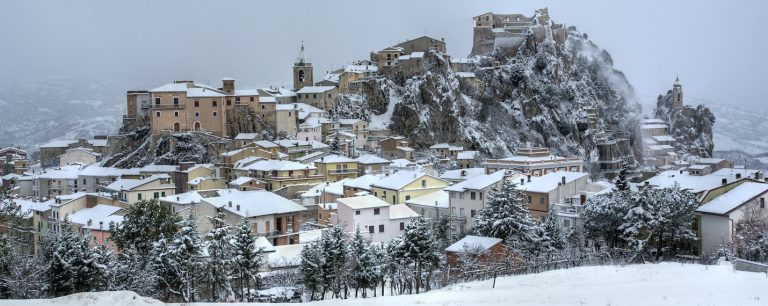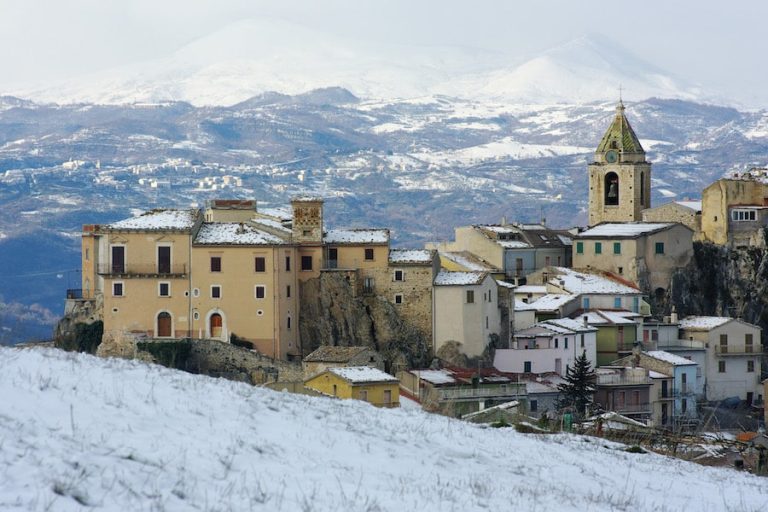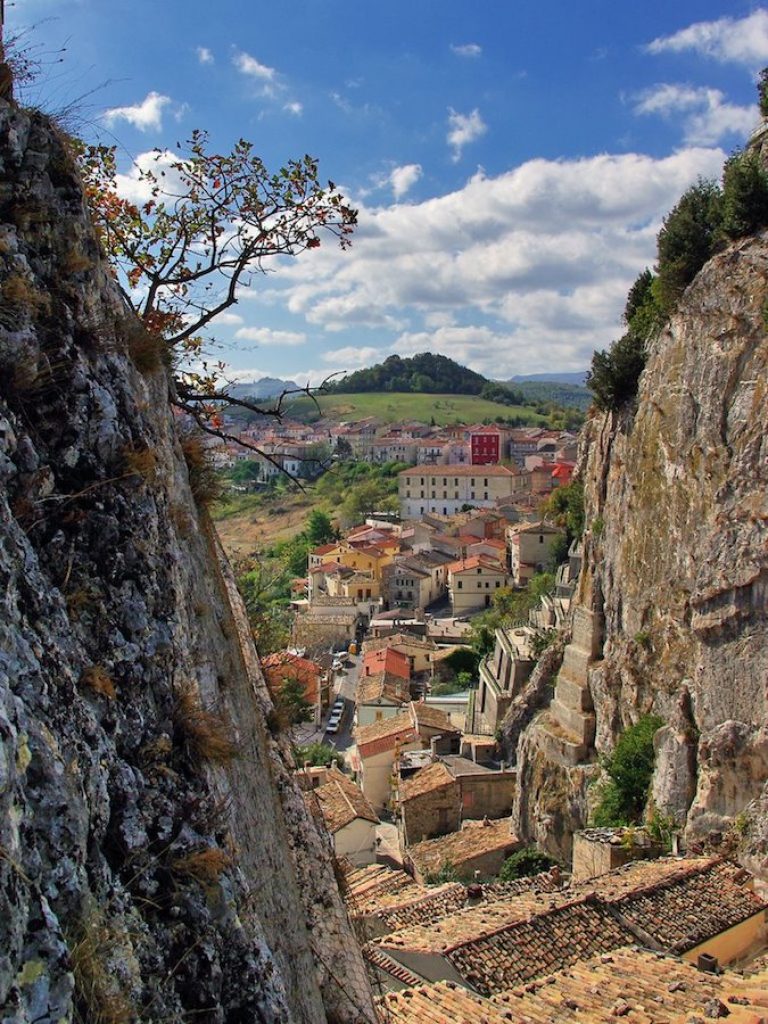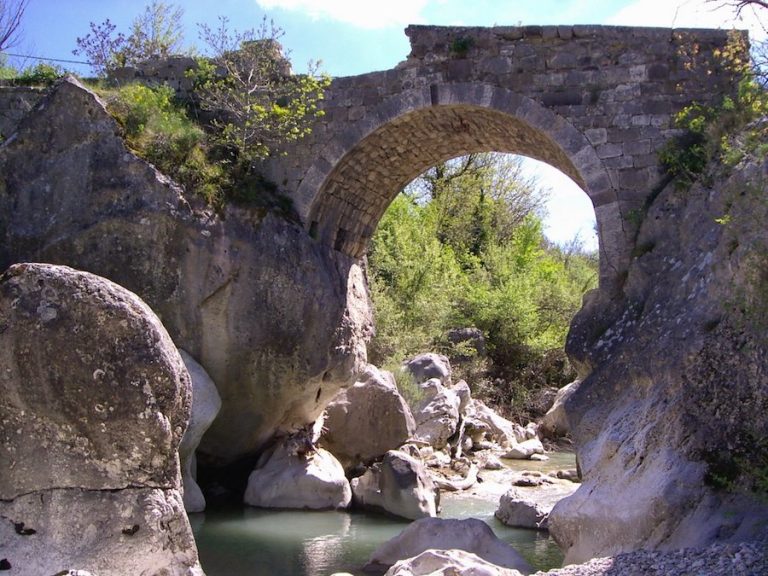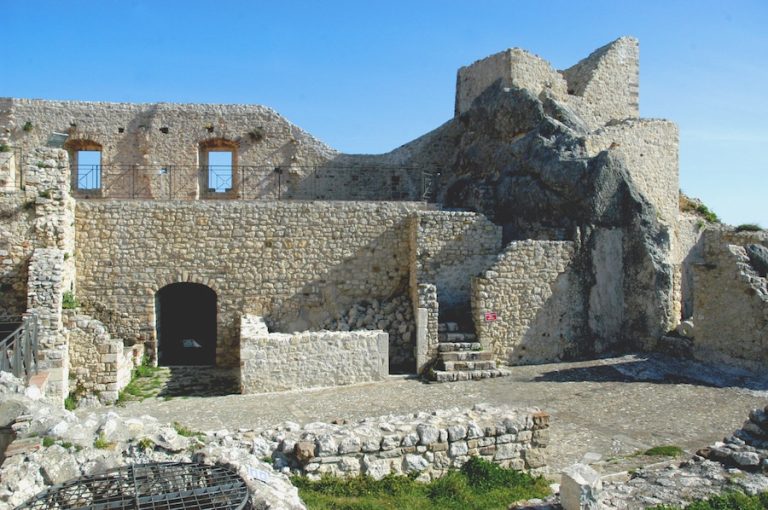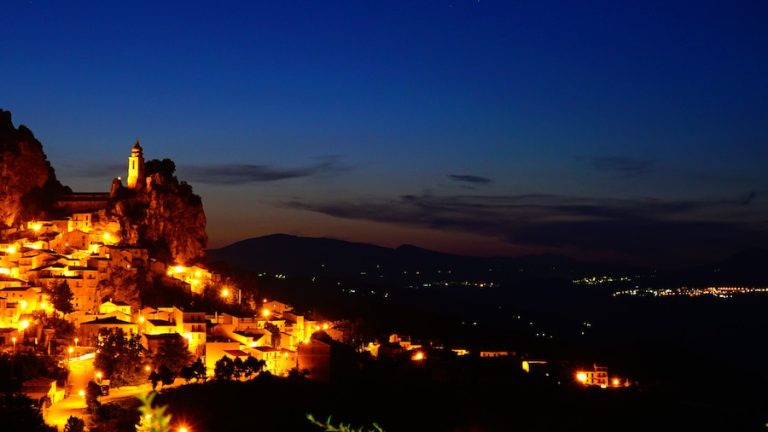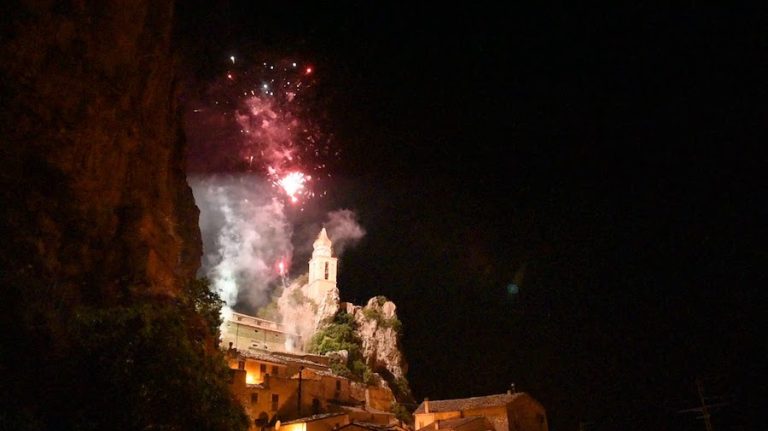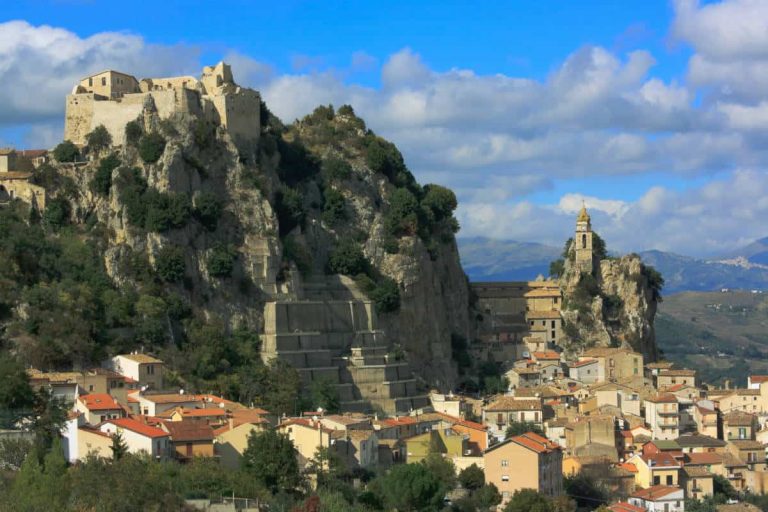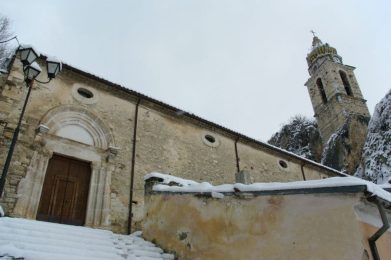Origins
The origins of the village are lost in history and legend. According to some versions, it was founded by a noble Roman knight who loved to bathe in the mineral waters of the Trinum River, hence the name Balneoli. Another hypothesis has it that the first settlement arose around a thermal complex, while a third tells of tribes taking refuge under the great "preta," the village's symbolic rock, giving rise to the district of Santa Caterina.
What to see in the village
In Bagnoli del Trigno, every corner tells a story and every stone seems to hold a memory. The first glance is captured by the Sanfelice castle, which towers imposingly above the rocky outcrop on which the entire village rests. It is a fascinating building, almost carved into the mountain itself, whose origins date back to the Longobard era. Today, thanks to restoration work, the castle can be visited and offers spectacular views of the Trigno valley, providing a view that alone is worth the trip.
Walking through the historic center, one encounters some of the most characteristic churches in Molise. The most unique is undoubtedly the church of San Silvestro, set in the rock with a bell tower that seems suspended in the void. Built between the 13th and 14th centuries, it is a masterpiece of Romanesque-Gothic architecture, with a finely decorated portal testifying to the deep spirituality and artistry of the time. Not far away, there are also the church of Santa Maria Assunta and the church dedicated to St. Catherine of Alexandria, which is linked to the patronal festival in August, during which the village comes alive with historical re-enactments and ancient folk rituals.
Also hidden among the stone houses in the center is the so-called "Roman house", a medieval building recognizable by its mullioned windows and carved reliefs on the facades. Inside is a real treasure: the largest nativity scene in Molise, permanently set up but open to the public especially during the Christmas season. Next to the crib, a small museum tells the story of daily life in the past through objects, proverbs, recipes and customs passed down through generations.
Finally, just outside the town, one can also visit the church of St. Michael the Archangel, immersed in the greenery and quiet of the Molise countryside, completing an itinerary that combines faith, history and scenic beauty.
Bagnoli del Trigno is a village that enchants those seeking genuine emotions: among churches carved into the rock, ancient rituals that combine faith and folklore, and landscapes that speak to the heart. It is a place where time seems to stand still, leaving room for memory, beauty and the deep identity of a Molise yet to be discovered.


